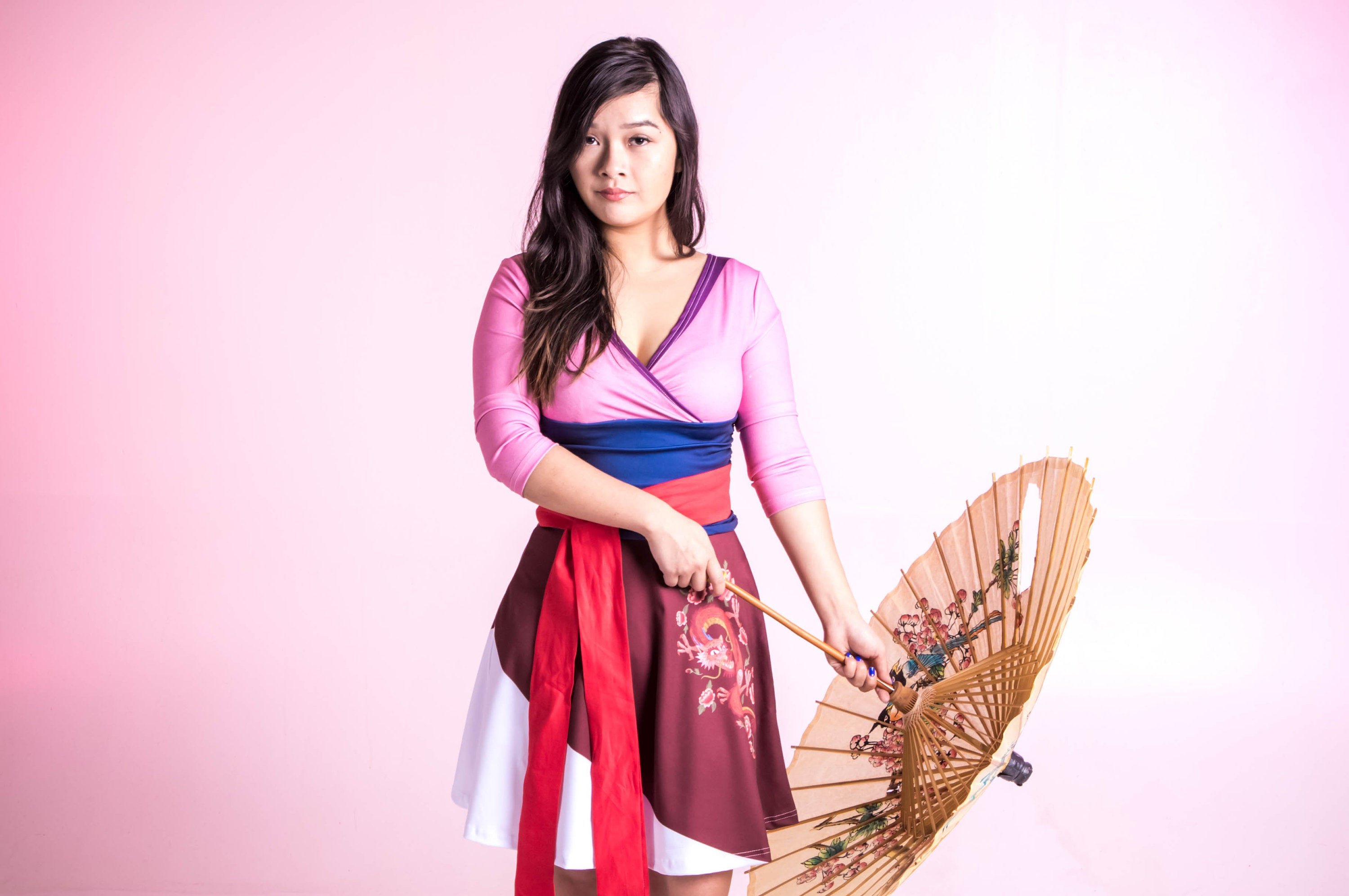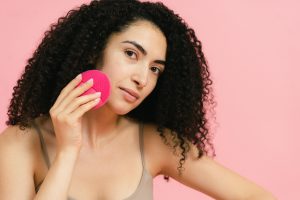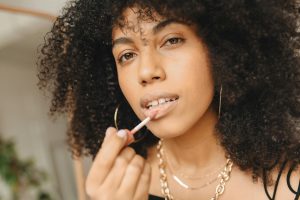When Miss Philippines Catriona Gray was named Miss Universe in December 2018, many criticized her victory. It has been polarizing for Filipinos, too. Gray is of mixed Scottish-Filipino descent. She was born and raised in Australia, only setting foot in the Philippines to model and become part of the crop of beauty contestants. As the fourth Filipino to win the crown, Gray divided the country with many thinking that she looks like a tanned Caucasian.
Visit any department stores in Asia, and you’ll notice an array of non-greasy whitening lotion on display. Women fawn over these products. Celebrities in China, Malaysia, Thailand, the Philippines, and South Korea have become fairer and fairer throughout the years. The Chinese and South Koreans may have generally whiter skin, but the obsession has reached even those in the lower-income classes.
Social Status
The reasons fairer-skinned women are looked at as more beautiful are deep-rooted in cultural norms, beliefs, and perceptions. In many societies in Asia, women with darker skin are associated with working in the fields, while those with whiter or fairer skin belong in cosmopolitan lifestyles. These are the ones who succeed in television and movies. They are your social media influencers. They dominate the entertainment scene, while women with darker skin tend to stay on the sidelines.
Skin color has become a sign of social class. Dark-skinned people are poor. Fair-skinned people have more in life. This notion pushed many Asian women to go to great lengths to look and stay pale. Even those in the lower-income bracket would spend what little they have in their pockets to buy whitening products.
It is not unusual to walk the shores of Boracay in Aklan, Philippines and the beaches of Phuket, Thailand and see Asian women covered in long sleeves. Some are even holding umbrellas and donning wide-brimmed hats. All of these measures are done to protect their skin from the sun. Long years of trying to look white will go to waste if they allow themselves to be sunburned. Even during the hottest months of the year, a lot of them prefer to wear pants and long-sleeved blouses to cover themselves from the sun’s tanning rays.
Backlash

But the backlash has begun. The social media comments after Gray’s victory was an indication that Asian society is trying to correct the stigma associated with having dark skin. Models, celebrities, and influencers have come together for Dark Is Beautiful campaigns. There is pressure also on big-named retail corporations to hire people with dark skin to model their clothes.
Such actions will hopefully end the discrimination against dark-skinned women. But the battle is not won yet. It is only beginning.
The preference for whiter skin will not end anytime soon because even parents are forced to want their kids to have paler skin. Young children are being exposed to the message that fairer skin is more beautiful, no thanks to advertisers using mestizas and mestizos to promote their products. This furthers the notion that fair-skinned people are better and more beautiful.
Societies put an end to messages that refer to fair-skinned women as more beautiful than their dark-skinned counterparts. Until this happens, the stigma won’t end real soon. The deeply seethed norms are so influential that it will take years and many more campaigns before they can be eliminated.









